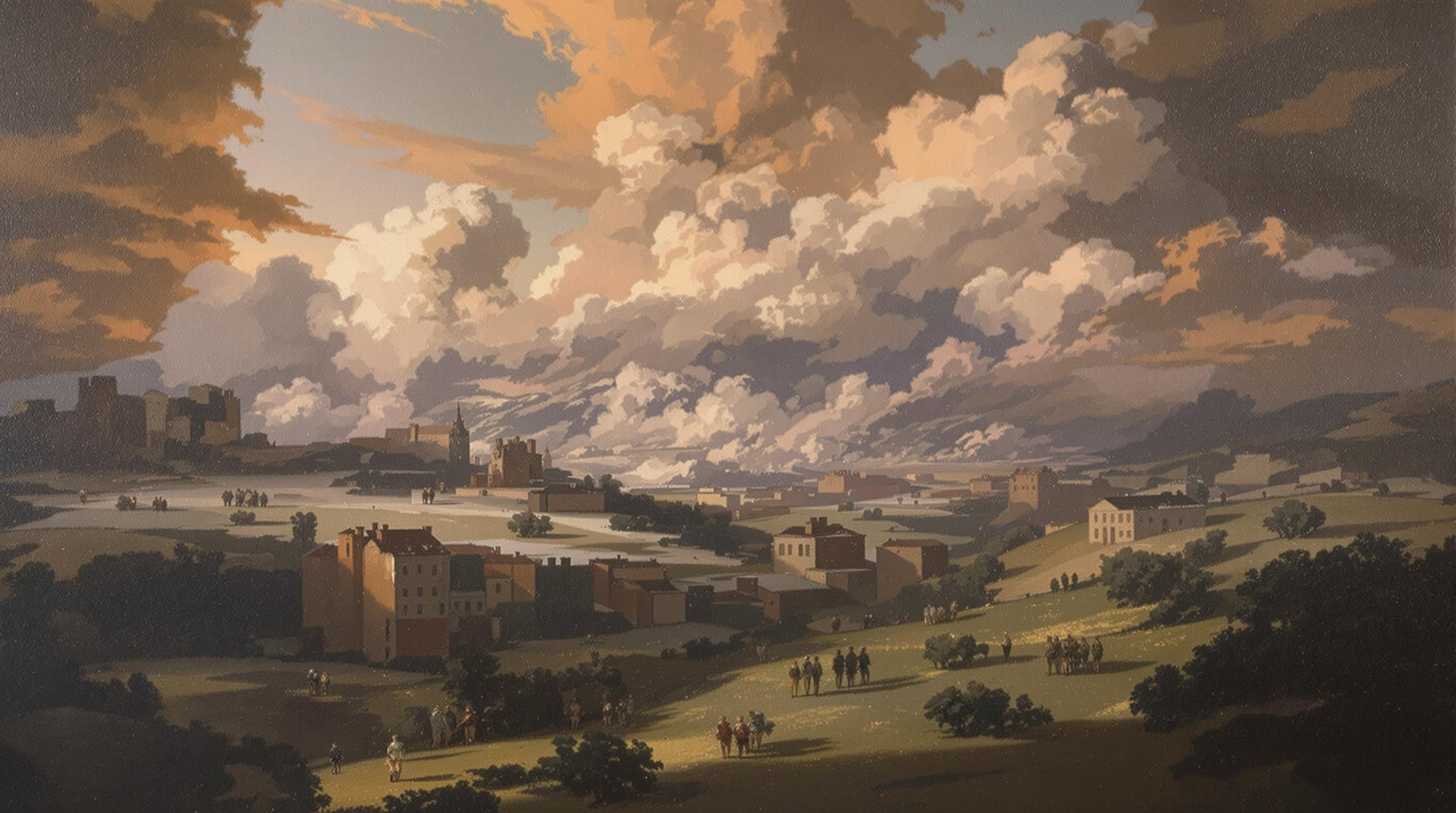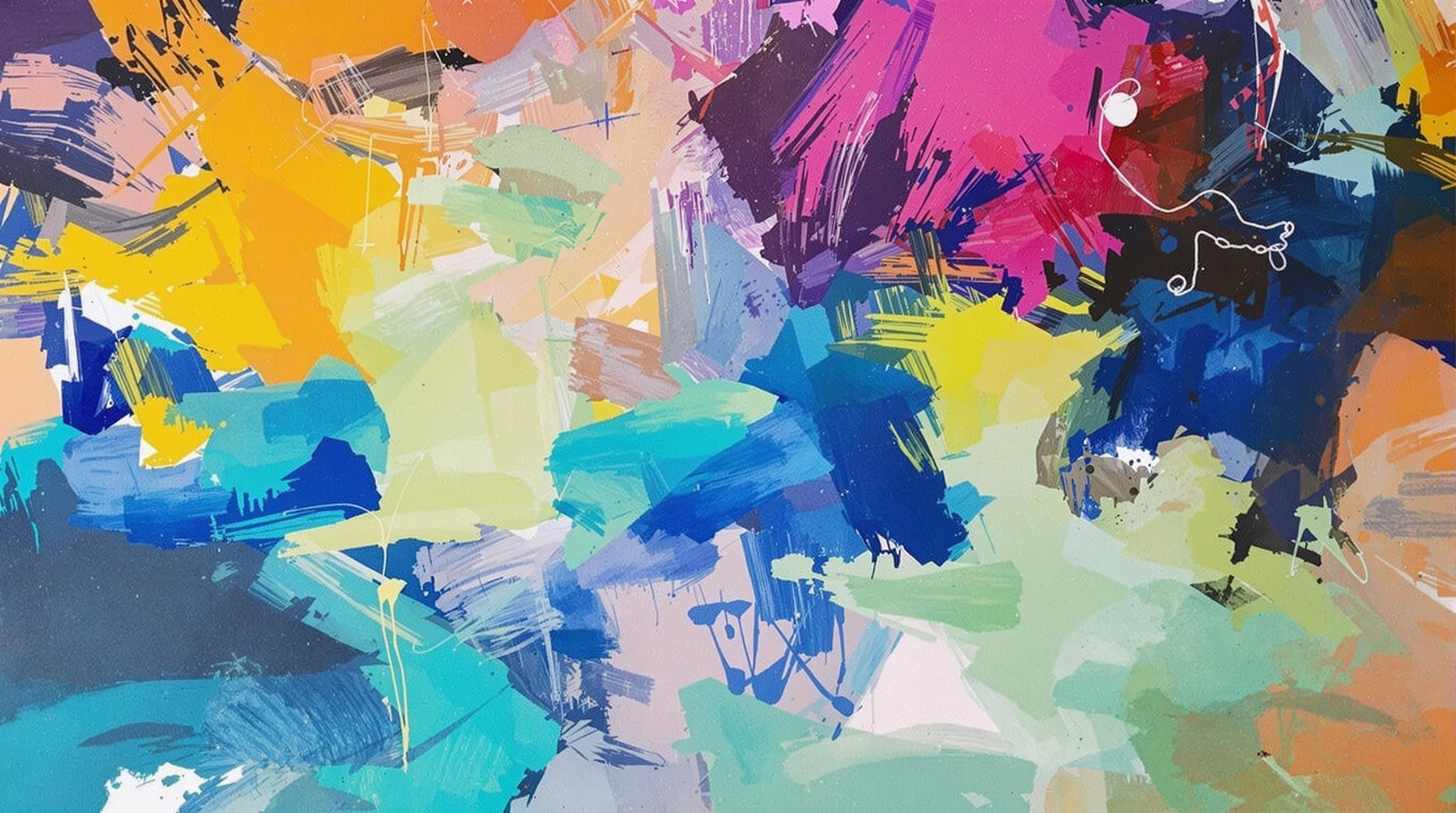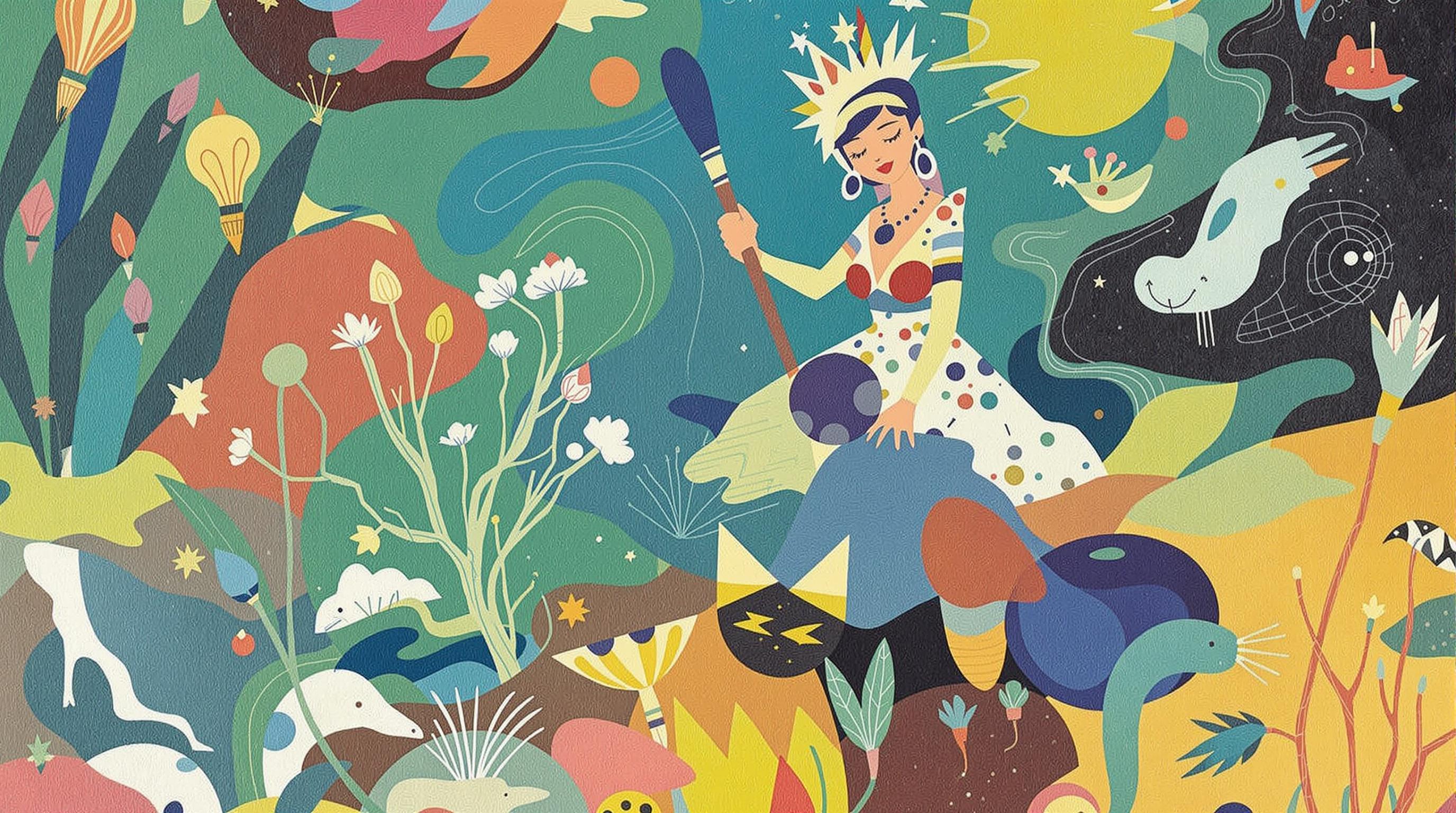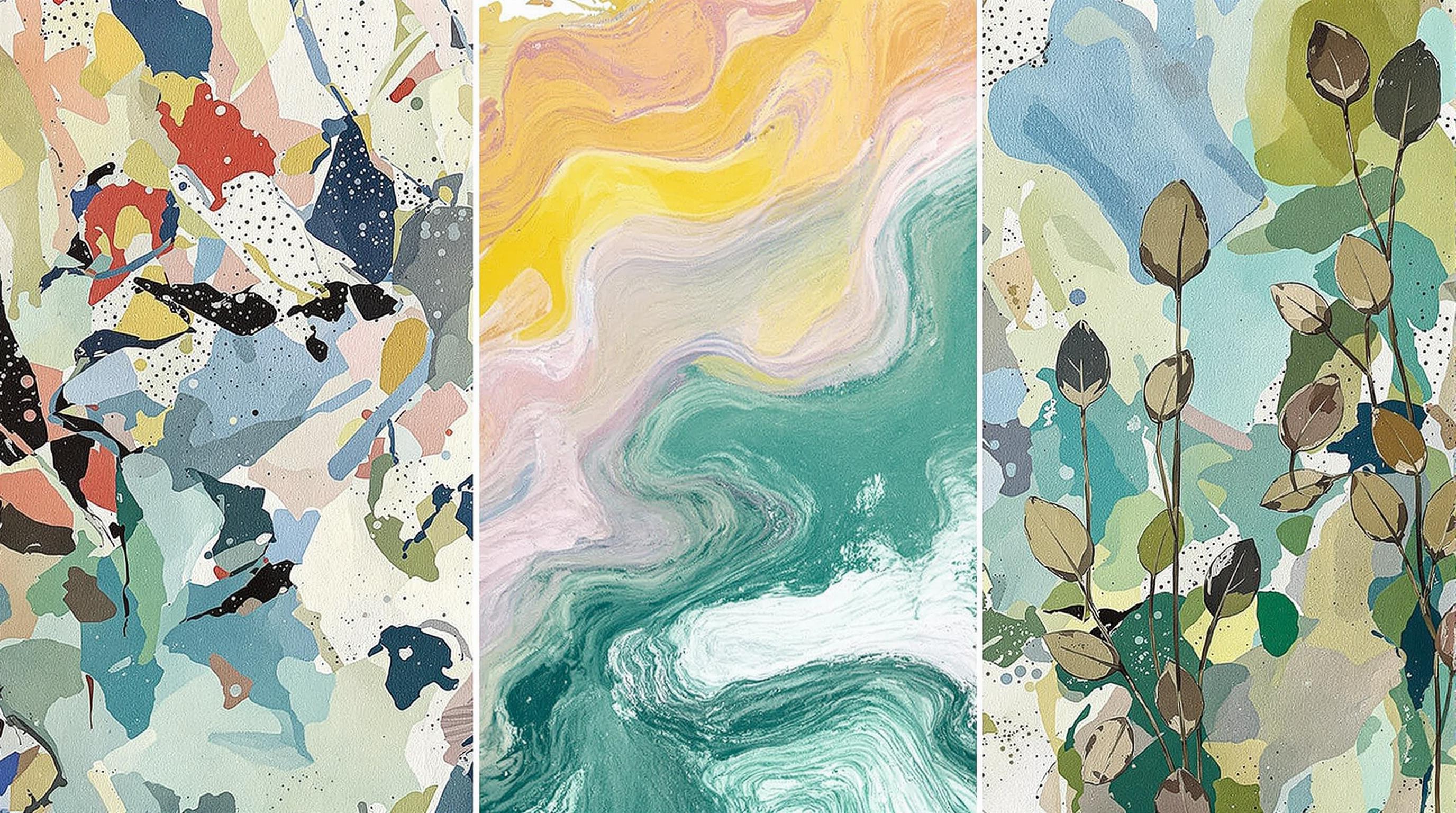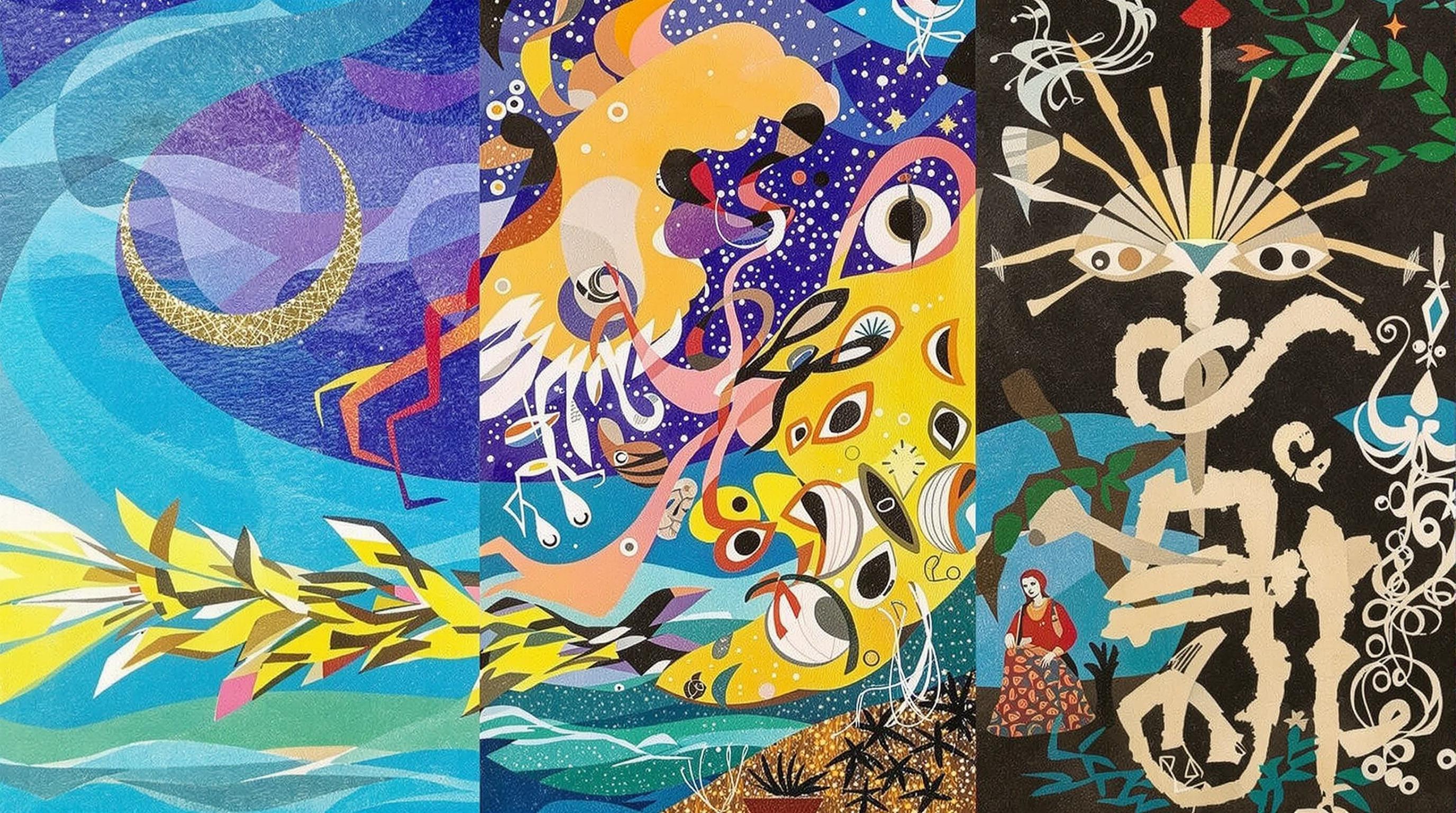Related Articles
- The Hidden Influence of Ergonomics: How Tool Design Shapes Our Physical Spaces and Daily Lives
- The Silent Influence: How Hidden Home Implements Shape Our Daily Routines and Spaces
- The Counterintuitive Role of Chaos: How Messy Tool Storage Can Lead to Unexpected Home Innovations
- Exploring the Unseen: How Audio Experiences Shape the Art of Domestic Spaces and Color Perception
- Rethinking the Mundane: How Everyday Objects are Becoming the Canvas for Modern Artistic Expression in Home Spaces
- Cultivating Chaos: The Surprising Benefits of Embracing Weeds in Your Garden Ecosystem
6 Overlooked Historical Influences on Modern Painting Styles That Can Transform Your Decor: A Deep Dive into Aesthetic Roots
6 Overlooked Historical Influences on Modern Painting Styles That Can Transform Your Decor: A Deep Dive into Aesthetic Roots
6 Overlooked Historical Influences on Modern Painting Styles That Can Transform Your Decor
Art has always been a reflection of society, culture, and the human experience. The evolution of painting styles over centuries carries influences that can dramatically enhance your decor. In this exploration, we will dive deep into the historical roots of modern painting styles that are often overlooked, yet hold the potential to transform your space. Discover how these aesthetic influences can shift not just the look of your home, but also the atmosphere and emotional resonance it carries.
1. The Renaissance's Humanistic Approach
The Renaissance period marked a profound return to humanism, where art began to emphasize the beauty of the human figure and the natural world. Artists like Leonardo da Vinci and Michelangelo focused on anatomical precision and perspective, resulting in strikingly realistic portrayals. This period laid the foundation for the modern appreciation of individuality and human experience in art.
Incorporating Renaissance-inspired styles into your decor can evoke a sense of grandeur and historic significance. Walls adorned with replicative frescoes or classical busts can serve as conversation starters while grounding your living space in a rich artistic tradition. Think about rich color palettes and the interplay of light and shadow that characterized this era.
As you embrace Renaissance elements, consider the emotional narratives they convey. The focus on human connection and emotion invites viewers to engage with the art on a personal level, fostering a sense of intimacy that is perfect for home environments.
2. The Baroque's Dramatic Contrast
Moving into the Baroque period, artists like Caravaggio and Rembrandt introduced drama through chiaroscuro—stark contrasts of light and dark that emphasize tension and narrative depth. This style often reflects intense emotion and deep spirituality, capturing the viewer’s attention and stirring the soul.
Incorporating Baroque elements into modern decor can add a layer of sophistication and dramatic flair. A bold, dark painting contrasted with lighter furnishings can create an eye-catching focal point. The Baroque’s penchant for elaborate details can be reflected in ornate frames or intricate décor that enhances the emotional resonance of your space.
Beyond aesthetics, Baroque art encourages a deep reflection on the emotional experiences of life. By creating an environment that captures this depth, you invite an atmosphere filled with passion and contrast that can inspire and provoke thought.
3. The Influence of Impressionism
Impressionism emerged in the late 19th century, breaking away from traditional representations of subjects and focusing on light and movement. Artists like Claude Monet and Pierre-Auguste Renoir painted scenes that captured fleeting moments, emphasizing the effects of sunlight and color over precise detail.
Incorporating Impressionist influences into your decor can breathe life into your space. Soft, vibrant colors, and fluid brush strokes evoke a sense of warmth and spontaneity. Think of landscapes or floral motifs that draw the eye and create an organic connection to nature, inviting tranquility and joy.
By embracing the essence of Impressionism, your home can become a sanctuary of beauty in everyday life. The focus on how light interacts with objects and surroundings can transform a mundane space into an oasis of creativity and emotional resonance.
4. Expressionism and Emotional Depth
Expressionism emerged in the early 20th century, driven by artists like Edvard Munch and Wassily Kandinsky who sought to express emotional experiences rather than physical reality. Their use of vivid colors and exaggerated forms communicated deep feelings, often reflecting societal anxiety and human struggle.
Integrating Expressionist elements into your home decor can shift the mood entirely. Artworks that boldly display emotion through color and brushwork can evoke powerful feelings in those who experience them. Consider using pieces that challenge and provoke thought, instilling your space with energy and vitality.
By embracing the emotional depth of Expressionism, you create an environment that encourages self-reflection and dialogue—perfect for spaces meant for discussion and connection with others.
5. The Minimalism Movement
Minimalism arose as a reaction to the chaos of expressive movements in the mid-20th century. Artists like Donald Judd and Agnes Martin emphasized simplicity, form, and function, stripping down art to its essential elements. The goal was to provoke contemplation while eliminating distractions.
Incorporating Minimalist influences into your decor leads to an uncluttered, serene environment. Neutral color palettes and simple geometric shapes promote a sense of calm and clarity in the home. Furniture and art with clean lines can work harmoniously, offering a serene retreat from the complexities of daily life.
Embracing minimalism in your decor can cultivate mindfulness and peace. By highlighting the beauty of simplicity, you open up space for personal reflection and focus on what truly matters in your life.
6. The Rise of Street Art
Street art has gained prominence as a powerful form of expression in recent decades, with artists like Banksy and Jean-Michel Basquiat using public spaces to comment on social and political issues. This movement has shifted traditional notions of art accessibility and engagement, breaking boundaries and voicing collective experiences.
Incorporating street art into your decor can inject a fresh and edgy vibe into your home. Large, bold murals or framed pieces can serve as striking focal points that spark conversations about culture and social justice. Utilizing urban inspired decor fosters a modern and dynamic environment.
By embracing the themes of street art, your decor can become a reflection of contemporary society, challenging norms and inviting dialogues that resonate with the realities of today's world.
In conclusion, the influences of historical art movements like the Renaissance, Baroque, Impressionism, Expressionism, Minimalism, and Street Art offer a wealth of opportunities to transform your living space. Each style carries unique narratives, emotions, and cultural contexts that can enhance not only the visual appeal of your home but also its atmosphere and the stories it resonates. As you explore these influences, allow your decor to tell a story that speaks to both the beauty of art and the depth of human experience.
